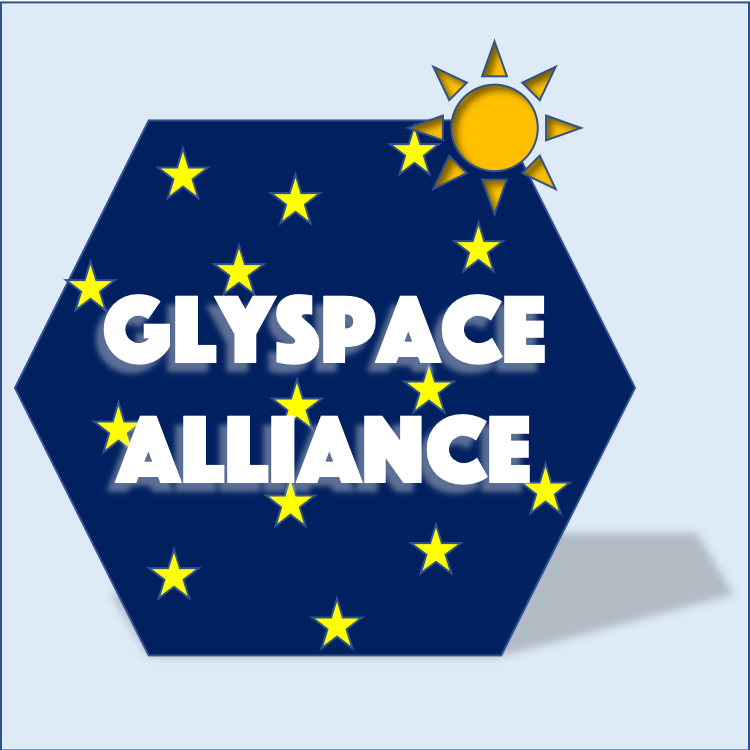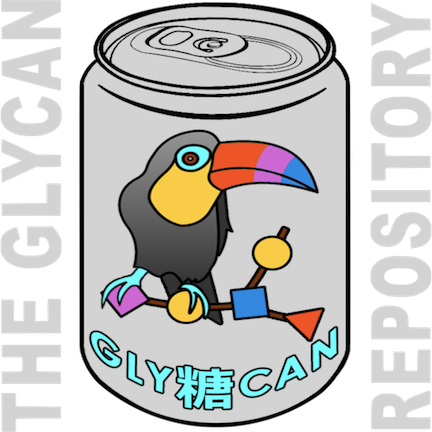
GlyTouCan
Glycan Structure Repository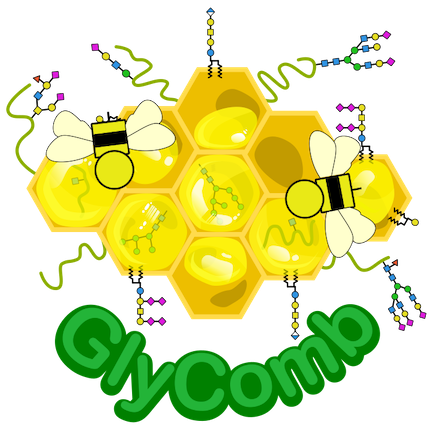
GlyComb
Glycoconjugate Repository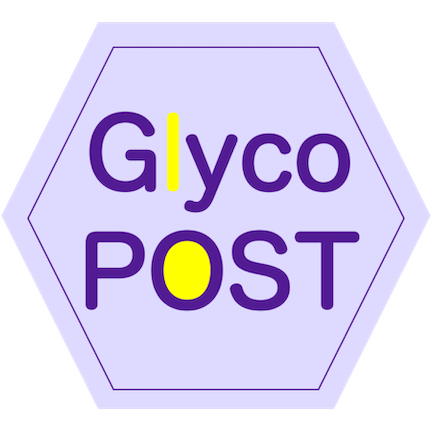
GlycoPOST
Glycomics MS raw data RepositoryUniCarb-DR
Glycomics MS Repository for glycan annotations from GlycoWorkbench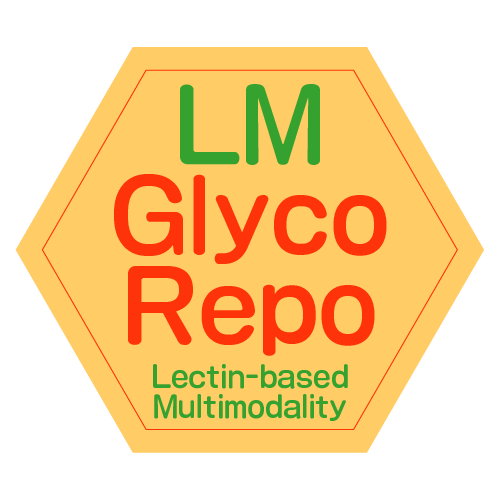
LM-GlycoRepo
Repository for lectin-assisted multimodality dataAll Resources
Genes / Proteins / Lipids Glycans / Glycoconjugates Glycomes Pathways / Interactions / Diseases / OrganismsTools
Guidelines
MIRAGEGALAXY (Glycoanalysis by the Three Axes of MS and Chromatography) is a database of elution data on glycan structures of glycoproteins analysed by high-performance liquid chromatography (HPLC). The database includes data on 650 neutral, sialylated, glucuronylated, and/or sulfated N-linked oligosaccharides, which are expressed by a diagram in the shape of a tree with a tri-mannosyl core as the trunk and spreading branches .
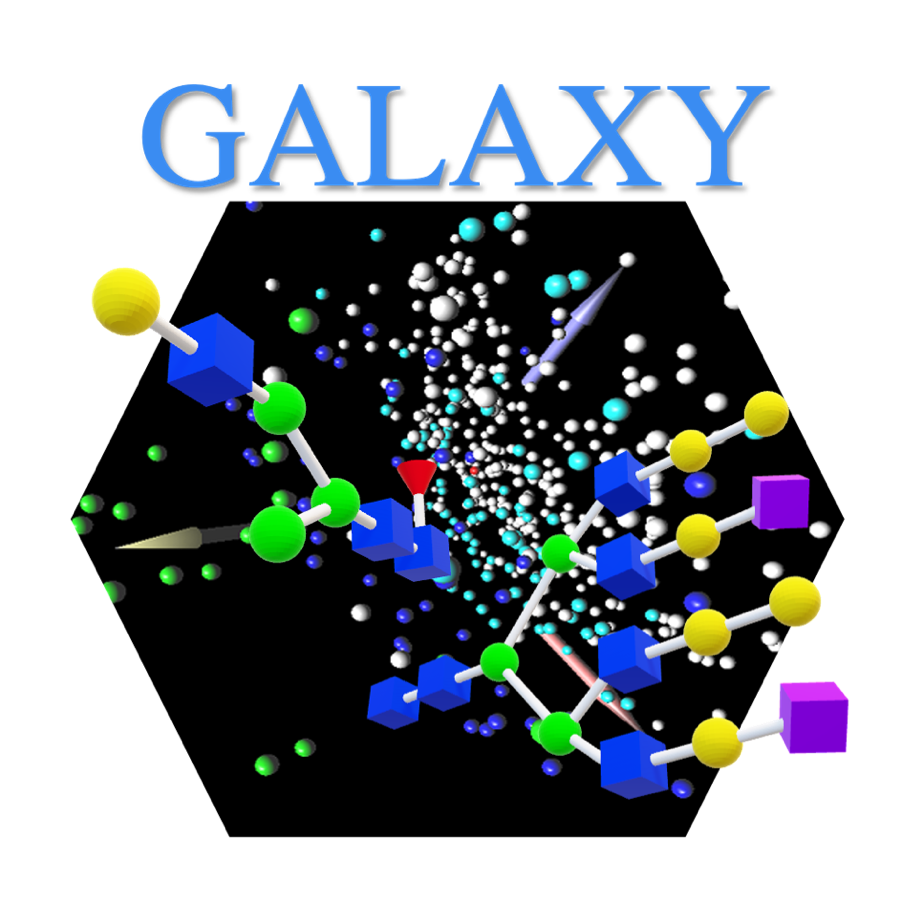
The list of validated glycans extracted from GlyTouCan, updated weekly.
GlycoBase is a relational database which contains the HPLC elution positions for over 350 2-AB labelled N-glycan structures together with predicted products of exoglycosidase digestions.
GlycoBase and autoGU: tools for HPLC-based glycan analysis
Campbell MP, et al.
Bioinformatics. 2008 May 1;24(9):1214-6. PMID: 18344517
In this database, useful information about carbohydrate antigens, ie, glycoepitopes, and antibodies is organized as a compact encyclopedia.
Glycolipid entries from the LIPID MAPS Structure Database (LMSD).
GlycoNAVI-Motifs is dataset of glycan structure patterns. This is the content of GlycoNAVI.
GlycoNAVI-Proteins is dataset of glycan and protein information. This is the content of GlycoNAVI.
GlycoProtDB is a glycoprotein database providing information of Asn (N)-glycosylated proteins and their glycosylated site(s), which were constructed by employing a bottom-up strategy using actual glycopeptide sequences identified by LC/MS-based glycoproteomic technologies.
Integrated list of glycoproteins extracted from UniProt and annotated with glycosylation data from GlyGen, GlyConnect, GlycoProtDB and The O-GlcNAc Database. For each entry, information such as glycosylation site, glycans, diseases, 3D structures, and pathway information are available.
GlycoStore is a curated chromatographic, electrophoretic and mass-spectrometry composition database of N-, O-, glycosphingolipid (GSL) glycans and free oligosaccharides associated with a range of glycoproteins, glycolipids and biotherapeutics.GlycoStore provides access to unique glycan structure entries determined by: (i) hydrophilic interaction chromatography (HILIC) ultra-high performance liquid chromatography (U/HPLC) and reversed phase (RP)-U/HPLC with fluorescent detection; (ii) porous graphitized carbon (PGC) chromatography in combination with ESI-MS/MS detection; and (iii) capillary electrophoresis with laser induced fluorescence detection (CE-LIF).
GlycoStore: A Platform for H/UPLC and Capillary Electrophoresis Glycan Data
Campbell MP, et al.
Methods Mol Biol. 2022;2370:25-40. PMID: 34611863
Increasing Complexity of the N-Glycome During Caenorhabditis Development
Wilson IBH, et al.
Mol Cell Proteomics. 2023 Mar;22(3):100505.PMID: 36717059
List of proteoglycans extracted from UniProt .For each entry, information such as glycosylation site, glycans, diseases, 3D structures, and pathway information are available.
